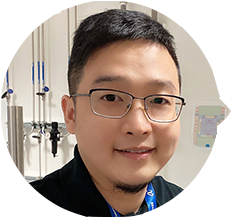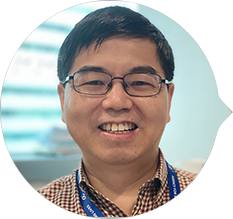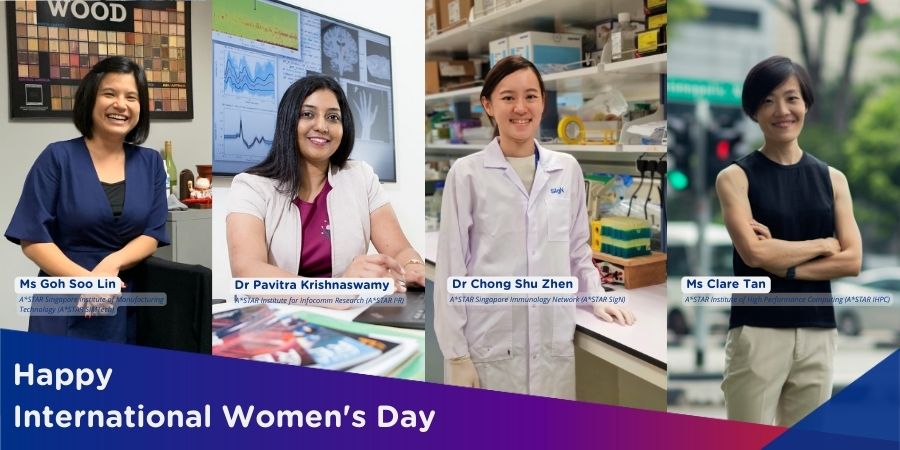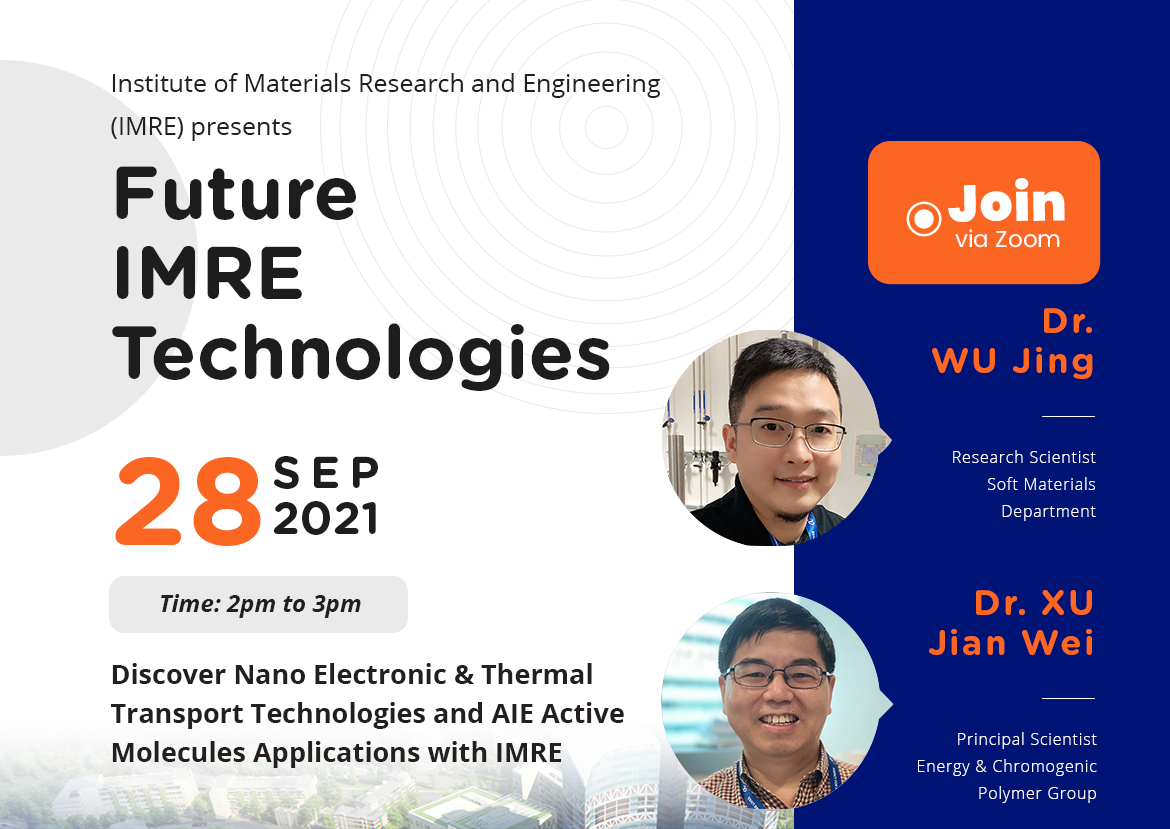The Future IMRE Technologies Webinar
Our speakers

Dr WU JING, IMRE, A*STAR
Nano Electronic & Thermal Transport
Abstract
In Nano Electronic & Thermal Transport Group, we focus on understanding the mesoscopic transport properties of atomically thin materials, complex quantum interfaces, and related heterostructure systems, which exhibit a diverse range of properties in the nanoscopic regime.
In this talk, Dr. Wu Jing will discuss employing electrical and optical measurements, imaging, and other transport measurement techniques. He will also share how the team investigates and explores the transport dynamics between electrons, phonons, and photons and the complex interplay of new physical phenomena. From which, the team can effectively manipulate the electrical, thermal, thermoelectric, and excitonic transport of these quantum systems towards transforming and developing novel technological applications in high-performance electronics, energy harvesting, sensing, and computing devices.
Biography
Dr. Jing Wu received his Bachelor’s degree in Physics from Zhejiang University (China) and Ph.D. in Physics from the National University of Singapore (NUS). He is currently the group leader of the Nano Electronic and Thermal Transport (NETT) group at the Institute of Materials Research and Engineering (IMRE), and an adjunct faculty in the Department of Materials Science and Engineering, NUS. His research expertise focuses on mesoscopic transport in low-dimensional materials such as charge/heat transport and thermoelectric properties of nanomaterials, and exciton and optoelectronic effects in 2D materials to exploit their unique properties for functionalization and novel technologies.

Dr XU JIAN WEI, IMRE, A*STAR
Energy & Chromogenic Polymer
Abstract
The discovery of aggregation-induced emission (AIE) in 2001 has enabled remarkable developments and applications of non-traditional luminescent functional materials. AIE has effectively overcome the limitations of aggregation-caused quenching (ACQ) commonly found in traditional luminogens, contributing to the enhancement in fluorescence quantum yield of luminescent materials and the emergence of new applications.
Tetraphenylethene is one of the most popular AIE-active molecules. It has been frequently used to construct various AIE-active polymers via different methods, such as free radical polymerization and transition metal-catalyzed cross-coupling polymerization depending upon the chemical structures tetraphenylethene-based monomers. In this talk, Dr. Xu will summarise the latest development of a range of tetraphenylethene-active based molecules and polymers and their applications for detecting chemical species, including nitro-aromatics/explosives, toxic cations, and anions.
Biography
Dr. Xu is a Principal Scientist in the Institute of Materials Research and Engineering (IMRE) of the Agency for Science, Technology and Research (A*STAR). He is an adjunct associate professor in the Department of Chemistry at the National University of Singapore (NUS). He received his B. Sc. and M. Sc. degrees from Nanjing University, China, and Ph. D. from NUS. He is a Fellow of the Royal Society of Chemistry (UK), a Fellow of the Singapore National Institute of Chemistry, and a Fellow of the Plastics and Rubber Institute (Singapore). Dr. Xu has published over 200 journal articles in organic chemistry, polymer, and materials science in peer-reviewed journals. As a chief editor, he edited two books on electrochromic polymers and aggregation-induced emission (AIE) polymer materials. He also contributed to more than 15 books on polymer chemistry and polymer composite materials.
A*STAR celebrates International Women's Day

From groundbreaking discoveries to cutting-edge research, our researchers are empowering the next generation of female science, technology, engineering and mathematics (STEM) leaders.
Get inspired by our #WomeninSTEM
.png?sfvrsn=b59474e9_3)
